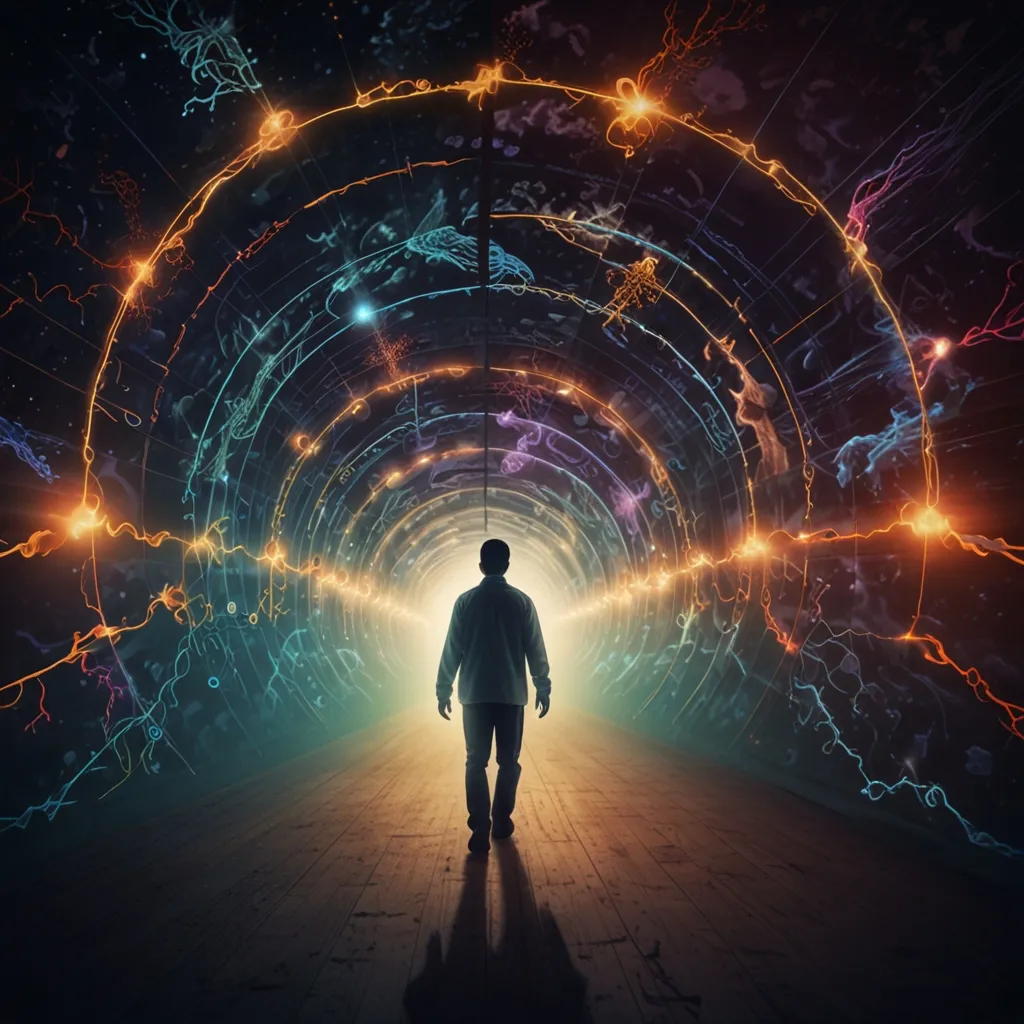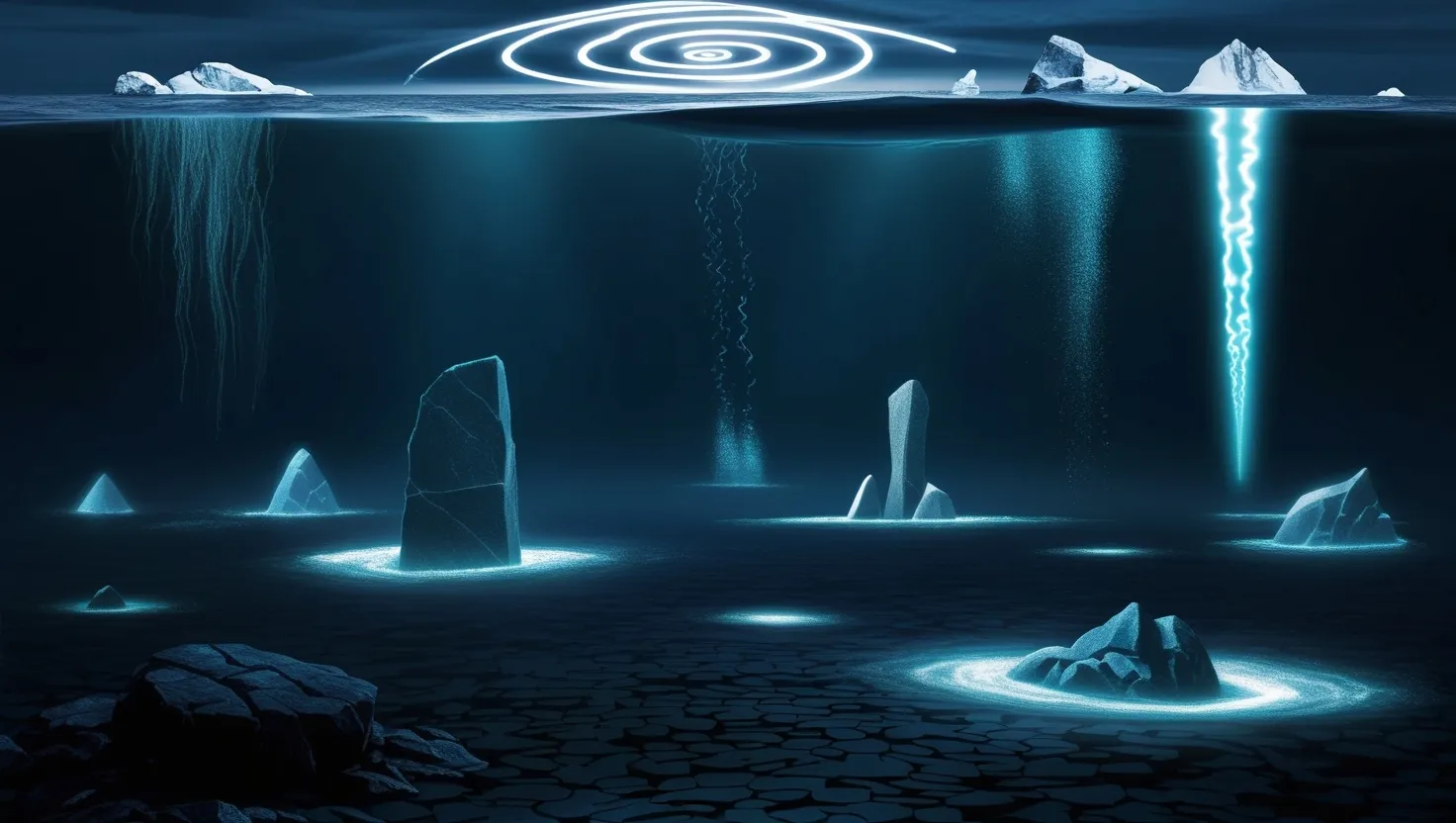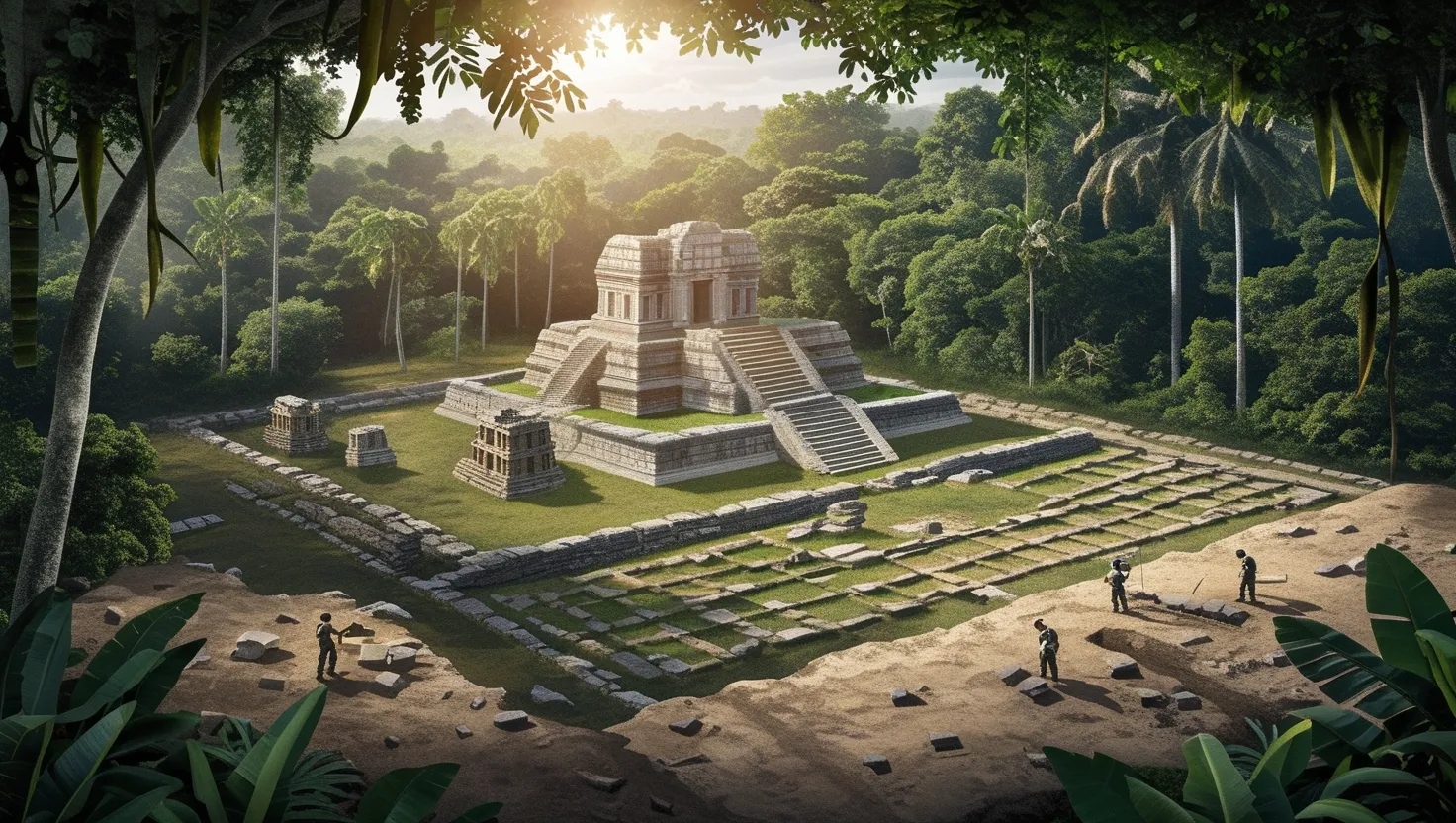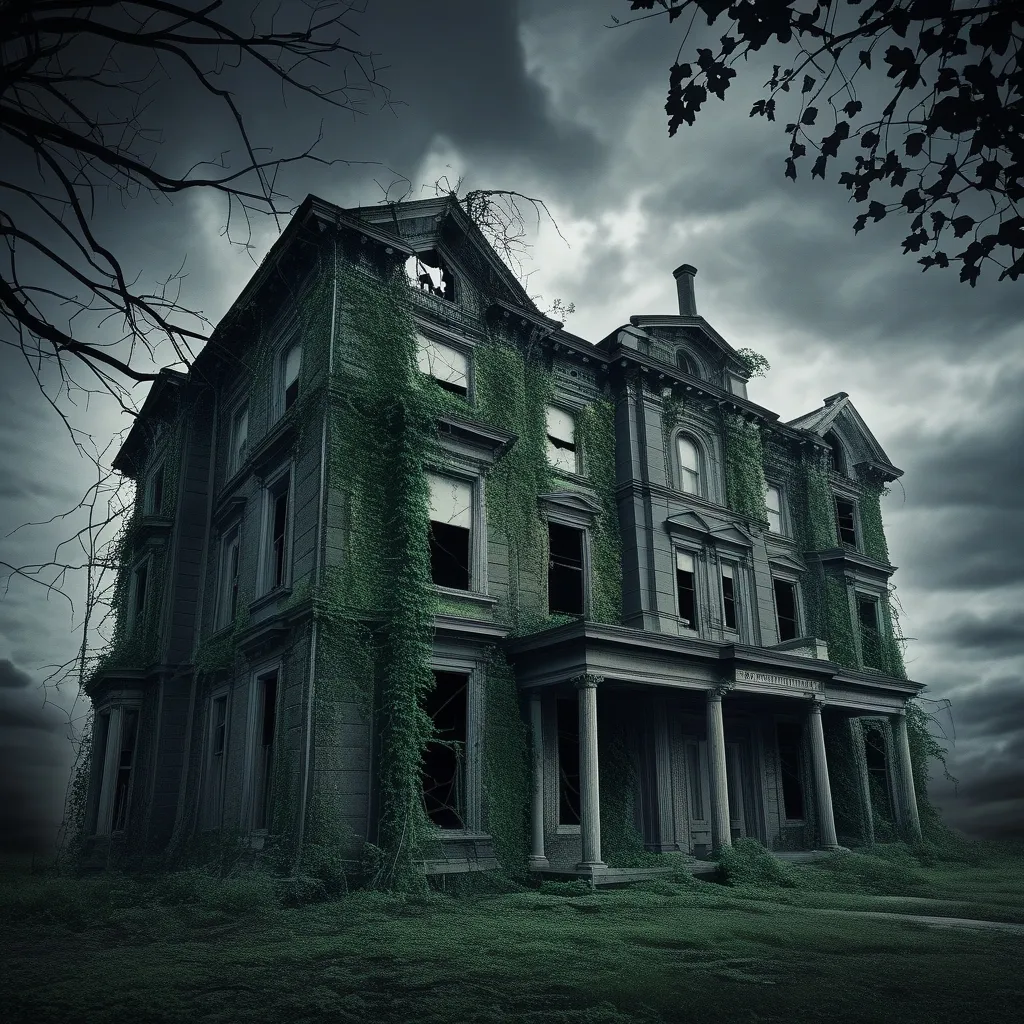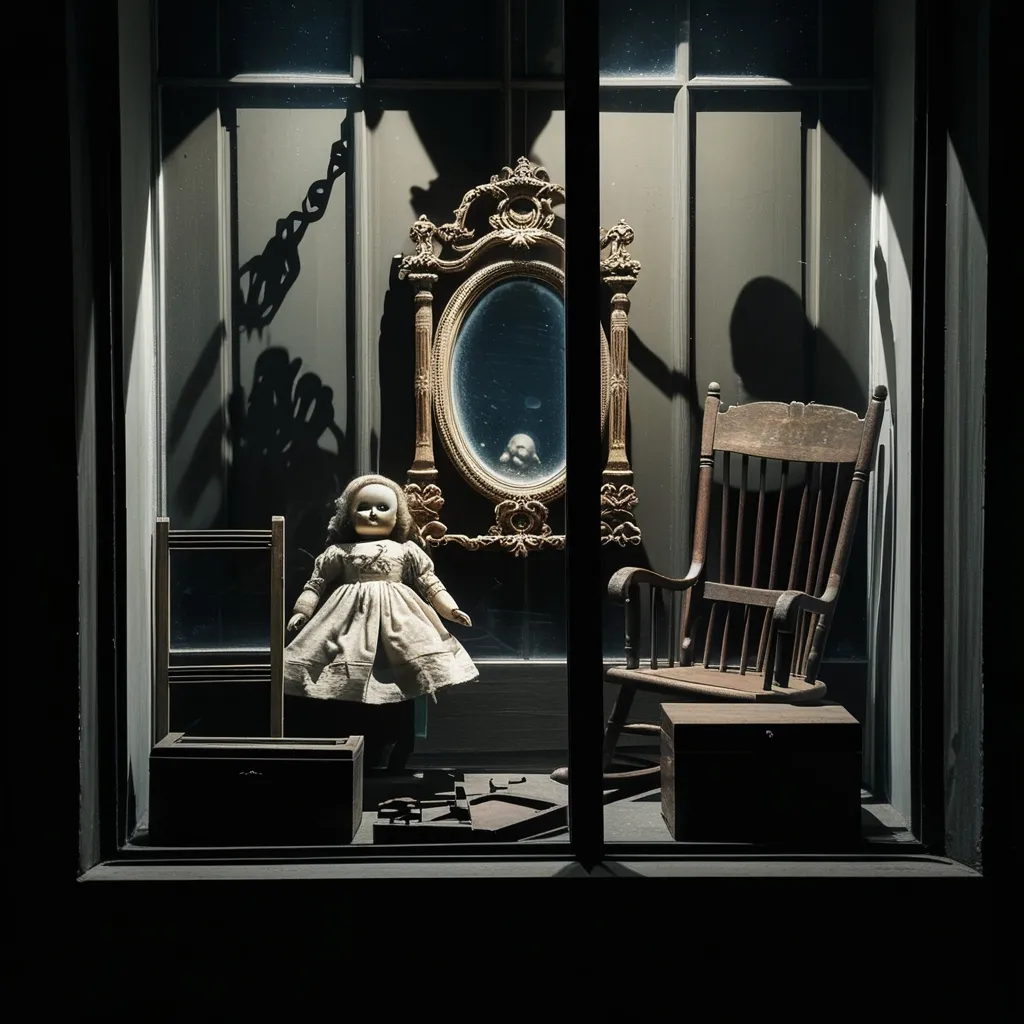Out-of-body mystical experiences are surprisingly common, with one-third of people who’ve been near death reporting such events. These experiences typically involve feelings of peacefulness, detachment from the body, seeing a bright light, and moving through a tunnel. Many believers take these experiences as proof of an afterlife and evidence of a higher power with a plan for our souls. However, even scientists point out that to genuinely prove the existence of an afterlife, someone would need to return from the dead to share their firsthand account.
To understand this phenomenon from a scientific angle, let’s look more closely at near-death experiences. Generally, people describe these experiences as overwhelmingly positive, with feelings of peace and reduced anxiety. Interestingly, cultural background seems to influence the specifics of these experiences. For instance, American Christians often report meeting Jesus, whereas Indian Hindus report encounters with Yamaraja, the king of the dead.
So, what does science have to say about this? A study by neuroscientists Blanke, Faivre, and Villegas suggests that out-of-body experiences result from disturbances in a part of the brain called the temporal parietal cortex. This brain region is responsible for our sense of self and body. Electromagnetic stimulation of this area can induce out-of-body experiences. The researchers mapped out a network of brain activities that account for these spiritual and mystical experiences. They proposed that different brain interactions produce different effects; for example, heightened activity in the left hemisphere could alter someone’s sense of time and create impressions of flying. Conversely, heightened activity in the right hemisphere might make people feel like they’re communing with spirits.
What about the tunnels and bright lights often reported during near-death experiences? The late Carl Sagan suggested that the phenomenon could be explained by a “remembrance of birth syndrome.” He argued that the sensation of moving through a tunnel and seeing a bright light could resemble the experience of being born. Additionally, as the human body approaches death, it releases endorphins, natural “feel-good” chemicals, which could create feelings of peace and contentment similar to those reported in near-death experiences.
Anesthetics like ketamine can also induce out-of-body sensations, which are reported by individuals under the drug’s influence. Research by Rick Strassman, a professor of psychiatry at the University of New Mexico, found that injections of the powerful psychedelic drug DMT caused many participants to have religious experiences, often with non-human beings in a disembodied state. Strassman suggested that the body naturally produces DMT in the pineal gland during near-death situations, contributing to these experiences.
Scientific explanations for near-death experiences also include the notion that lack of oxygen to the brain (ischemia) can create a state of depersonalization, in which the mind feels separate from the body. This might be a defense mechanism to help the brain cope with extreme stress or pain, leading to the sensation of disembodiment. The most widely accepted scientific explanation is the “dying brain hypothesis.” This theory posits that as brain cells begin to die, they start firing randomly, creating hallucinations that manifest as near-death experiences.
Some scientists argue that these explanations do not cover the full range of experiences people report. Given the human brain’s complexity—with 100 billion cells and over 1,000 trillion connections—no two people are likely to have identical experiences. However, enough scientific evidence exists to explain similar phenomena, even if the explanations don’t cover every case precisely. It’s important to consider rational explanations seriously, even though some may prefer to cling to beliefs that provide spiritual comfort. Science suggests that life after death as traditionally conceived may not exist, challenging us to balance our spiritual hopes with scientific understanding.
